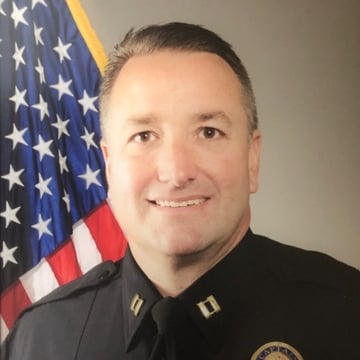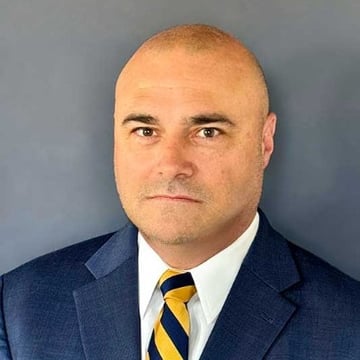
The Realities of DFR: What's working, what's not, and your plan for what's next
Drone as First Responder (DFR) has changed the way law enforcement responds to emergencies—but not every program is built for long-term success. Some agencies have launched DFR and scaled effectively, while others have struggled with operational roadblocks, regulatory hurdles, and significant technology gaps.
Hear from two veterans of the Chula Vista Police Department’s (CVPD) DFR program, who now help hundreds of agencies navigate their DFR journey, on what’s making the difference.
This fireside chat brings together the experts who lead the forefront of DFR adoption, and they’ll discuss:
- What’s actually working for agencies deploying and expanding DFR. Quite a bit has changed since DFR’s inception.
- Major DFR hurdles and blockers—and how to overcome them in planning your DFR program.
- How automation, real-time crime centers (RTCCs), and AI-powered drones set the standard for future-proofing your DFR program. The approach from 3 years ago won’t scale, and we’ll discuss why
- The blueprint for a scaled and successful DFR program - tangible recommendations and strategies that are essential to the maturity of your DFR program
- How Axon & Skydio deliver a fully integrated ecosystem—combining autonomy, seamless evidence management, and real-time situational awareness to support scalable DFR operations.
Vern Sallee, a 25-year veteran of the CVPD, was the lead strategist and manager of their pioneering DFR program. Kabe Termes led business operations for Cape Motorola, the key technology behind CVPD’s DFR program, and was instrumental in its deployment.
Moderated by Phil Gonshak, a Public Safety strategist at Skydio and former Chief with the Seal Beach Police Department, who now helps agencies nationwide scale autonomous drone programs that work in the real world.
Join in on the candid discussion on the realities of DFR and walk away prepared to scale your successful DFR program.
Speakers






